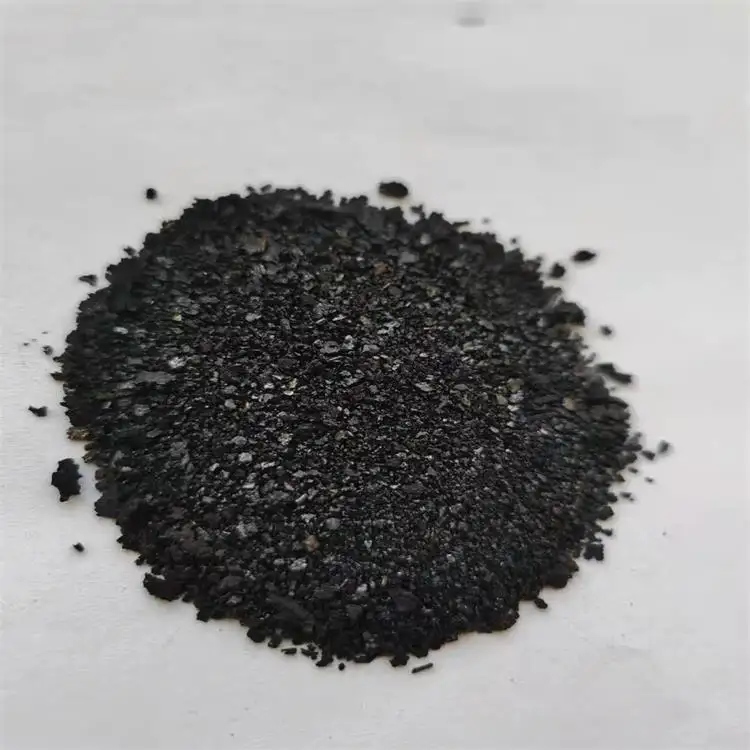Exploring the Art and Techniques of Indigo Dyeing for Vibrant Textiles
The Art and Science of Dyeing with Indigo
Dyeing with indigo is an ancient craft that has fascinated artisans and consumers alike for centuries. Recognized for its deep blue hues and rich cultural heritage, indigo dyeing not only creates beautiful textiles but also connects us to a longstanding tradition that spans across continents. From the indigo plants cultivated in the fields to the final product draped elegantly on a dressing table, the journey of indigo dyeing is both an art and a science.
Indigo dye comes from the leaves of the Indigofera plant, which is primarily found in tropical and subtropical regions. The process begins with harvesting the leaves, which are then fermented to produce indoxyl, a colorless compound. When exposed to air, indoxyl oxidizes to form indigotin, the vibrant blue dye that has become synonymous with the indigo hue. This fermentation, known as vat dyeing, results in a unique chemical reaction that sets indigo apart from other dyes.
The Art and Science of Dyeing with Indigo
Modern dyeing techniques have evolved, but the traditional vat dyeing method remains popular, especially among artisans who value the authenticity and uniqueness of hand-dyed fabrics. The process can be labor-intensive but allows for a connection to the past and to nature. Unlike synthetic dyes, indigo is a natural dye that, when used properly, offers both vibrancy and longevity. Fabrics dyed with indigo have been shown to become softer and more beautiful with age, often gaining a unique patina that tells a story of wear and use.
dyeing with indigo

Contemporary interest in sustainable fashion has renewed attention towards indigo dyeing. With increasing environmental awareness, consumers are seeking out natural and eco-friendly dyes, and indigo fits the bill perfectly. The dyeing process, especially when done ethically, can reduce the environmental impact, as it often requires less water and no harmful chemicals when compared to synthetic dyes. Furthermore, the resurgence of artisanal practices encourages a more sustainable approach to fashion.
However, it is essential to acknowledge the challenges that come with indigo dyeing. Achieving the perfect shade requires skill and patience. The dyer must master the timing and conditions under which the fabric is plunged into the dye bath, balancing oxygen exposure to reach the desired depth of color. Additionally, some modern practices aim to streamline the process, which can sometimes compromise the integrity and authenticity of the final product.
In recent years, workshops and courses have been established worldwide to teach the techniques of indigo dyeing. These educational programs aim to preserve the craft and share its beauty with new generations. Participants learn not just the practical skills, but also the historical and cultural contexts surrounding indigo, helping to keep this ancient tradition alive.
In conclusion, dyeing with indigo is not merely a process of color application; it is an art form steeped in history and cultural significance. As we move toward a more sustainable future in fashion, the timeless appeal of indigo presents an opportunity to blend creativity with environmental consciousness. Whether it’s a richly dyed scarf, a pair of trousers, or a piece that tells the story of its origin, indigo continues to captivate and inspire, inviting us to celebrate the beauty of nature and tradition.
-
The Timeless Art of Denim Indigo Dye
NewsJul.01,2025
-
The Rise of Sulfur Dyed Denim
NewsJul.01,2025
-
The Rich Revival of the Best Indigo Dye
NewsJul.01,2025
-
The Enduring Strength of Sulphur Black
NewsJul.01,2025
-
The Ancient Art of Chinese Indigo Dye
NewsJul.01,2025
-
Industry Power of Indigo
NewsJul.01,2025
-
Black Sulfur is Leading the Next Wave
NewsJul.01,2025

Sulphur Black
1.Name: sulphur black; Sulfur Black; Sulphur Black 1;
2.Structure formula:
3.Molecule formula: C6H4N2O5
4.CAS No.: 1326-82-5
5.HS code: 32041911
6.Product specification:Appearance:black phosphorus flakes; black liquid

Bromo Indigo; Vat Bromo-Indigo; C.I.Vat Blue 5
1.Name: Bromo indigo; Vat bromo-indigo; C.I.Vat blue 5;
2.Structure formula:
3.Molecule formula: C16H6Br4N2O2
4.CAS No.: 2475-31-2
5.HS code: 3204151000 6.Major usage and instruction: Be mainly used to dye cotton fabrics.

Indigo Blue Vat Blue
1.Name: indigo blue,vat blue 1,
2.Structure formula:
3.Molecule formula: C16H10N2O2
4.. CAS No.: 482-89-3
5.Molecule weight: 262.62
6.HS code: 3204151000
7.Major usage and instruction: Be mainly used to dye cotton fabrics.

